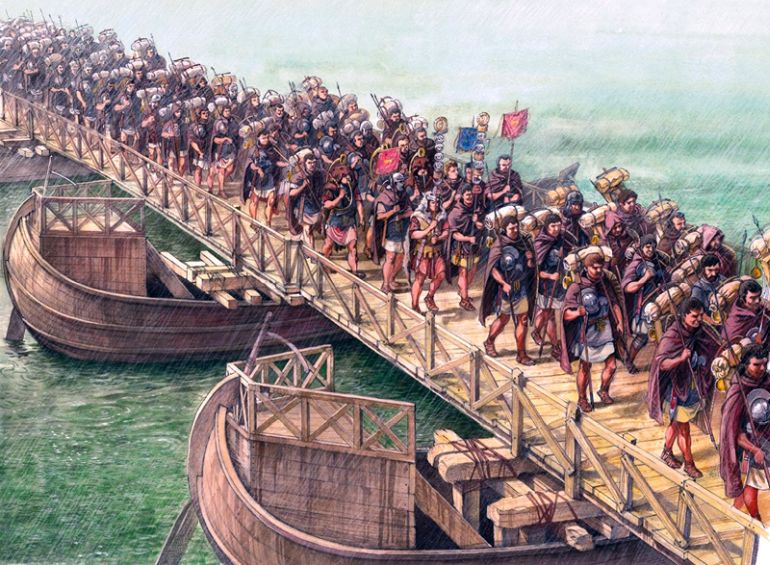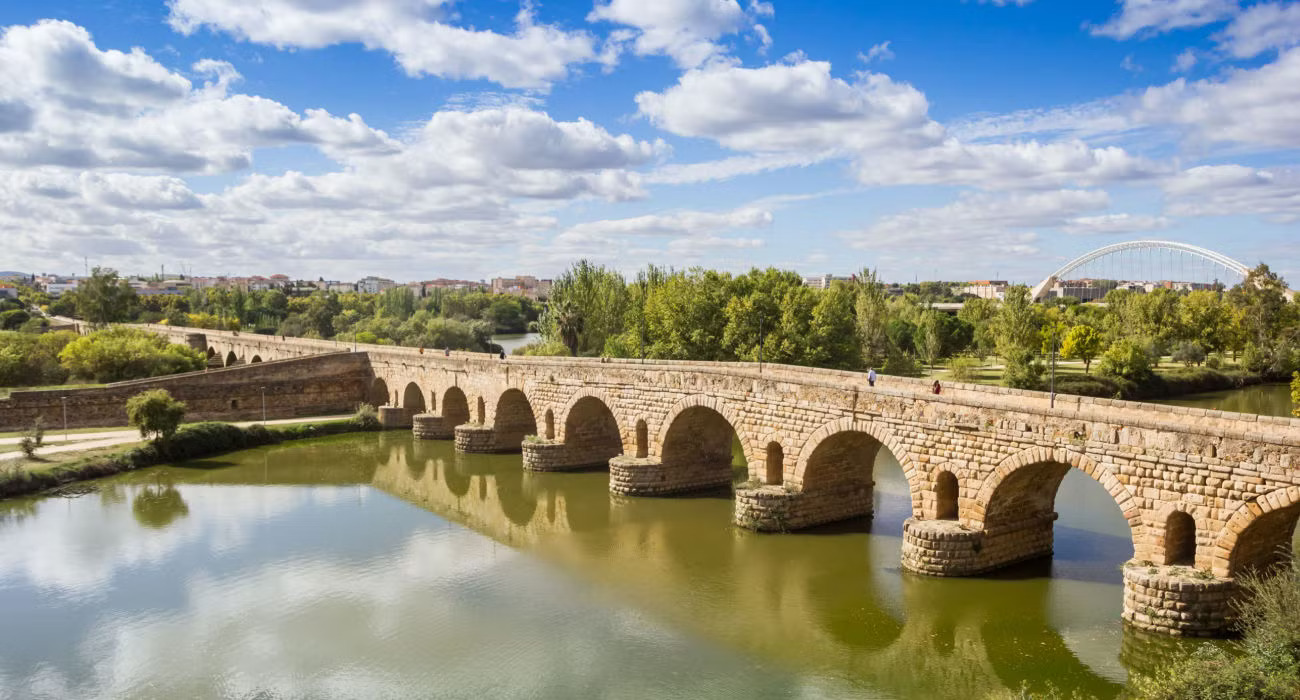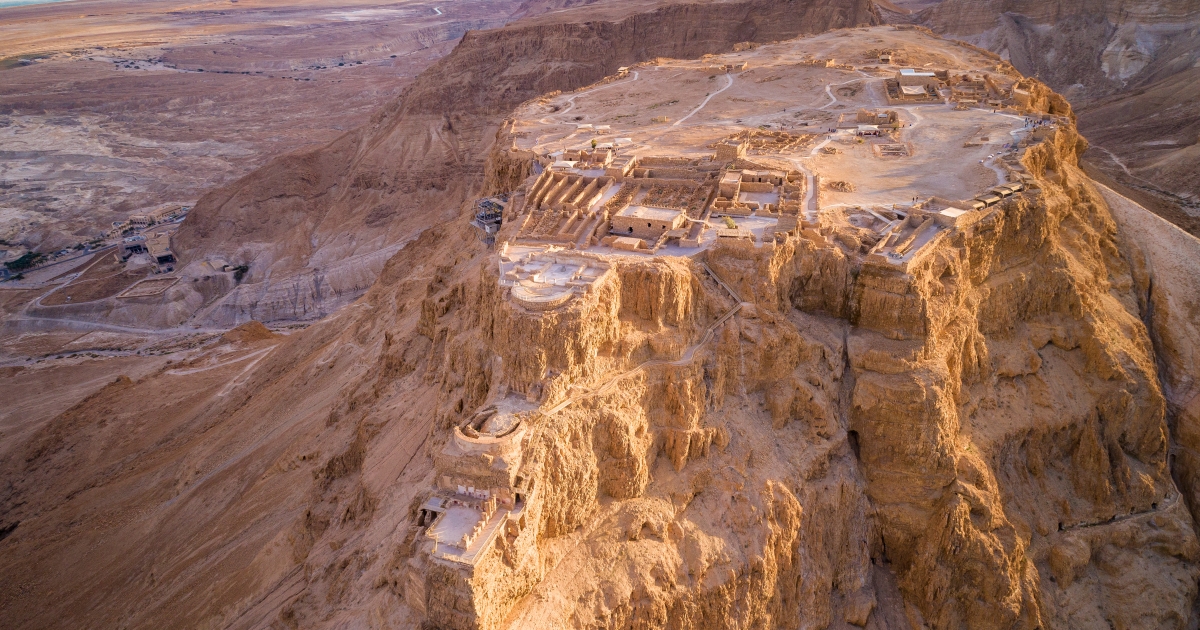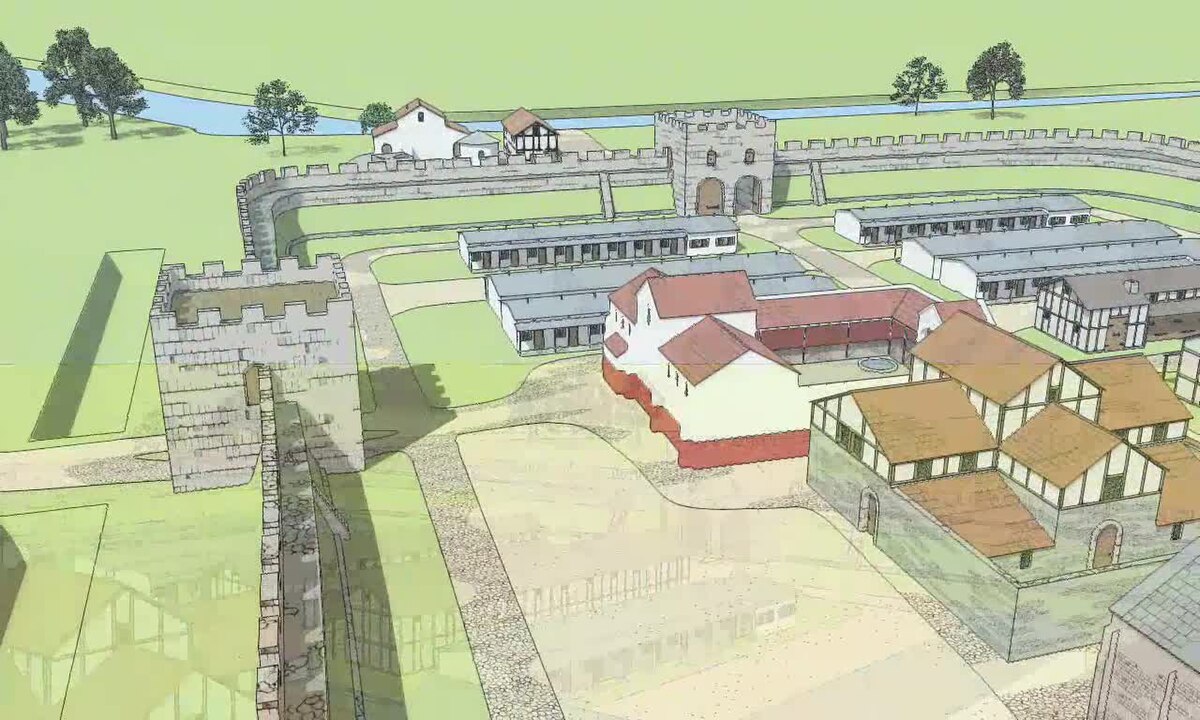Throughout history, Roman military engineers have been noted for their exceptional expertise and unique role within the Roman army. Unlike typical soldiers, these professionals were relieved of regular duties to focus on designing and building. During military campaigns, they constructed essential structures like catapults, marching camps, and bridges. In times of peace, they contributed to infrastructure projects, such as roads and aqueducts.
One notable achievement of these engineers was the creation of marching camps. These temporary structures were built every night to secure Roman troops and resources. After selecting a suitable location, engineers would direct soldiers to dig trenches and build defensive walls quickly and efficiently. Their work extended to innovating bridge-building techniques that transformed rivers into conquerable obstacles, enabling efficient troop movements. Engineers were also vital in constructing advanced defensive structures along the empire’s borders.
Key Takeaways
- Roman engineers were vital to both military campaigns and civilian projects.
- Temporary marching camps and durable bridges showcased their rapid construction skills.
- Their infrastructure work helped protect and expand the Roman Empire.
The Craftsmanship of Roman Military Engineering
Roman military engineering was a vital part of the empire’s success, driven by professional engineers who honed their skills both in wartime and peace. These engineers, unlike regular soldiers, focused on designing a wide range of structures and machines. As armies moved, they constructed catapults, bridges, and fortifications, while also building fortified camps to safeguard their troops overnight. These camps were strategically planned, with spaces for essential functions, and could be set up rapidly thanks to the engineers’ guidance in digging protective trenches and erecting ramparts.
Bridges were a key challenge for these engineers, especially when crossing significant rivers. They perfected pontoon bridge design using flatboats and planks, but for stronger currents, more robust constructions were created. For instance, Julius Caesar’s bridge across the Rhine was a feat of engineering, using angled pilings and cross braces to withstand the river’s force.
While not innovating much in siege warfare, Roman engineers applied known tactics on a grand scale. Their capabilities shone in projects like the siege lines at Alesia or the massive siege ramp at Masada. Further responsibilities included constructing roads and fortifications during peacetime. Roman roads, built for quick troop movements, often cut through challenging landscapes, while forts varied in size, some becoming cities in their own right.
The northern frontier of the empire was safeguarded by a network of watchtowers, walls, and forts, most famously Hadrian’s Wall, which spanned 73 miles and proved the durability and strategic planning of Roman military engineers. Not only did they undertake military constructions, but they also lent their expertise to civilian projects and large public works, showcasing their adaptability and technical skill across various engineering feats.
The Contribution of Roman Military Engineers

Roman military engineers held a crucial role in both wartime and peacetime. They were professionals focused solely on engineering tasks, unlike regular soldiers who also had combat duties. Their training enabled them to design and build various structures and machines.
When armies were on campaign, engineers were responsible for constructing temporary camps, catapults, bridges, and siege works. One of the most notable feats was the marching camp. These camps were temporary fortifications set up nightly to safeguard troops and supplies. Surveyors went ahead of the troops to pick suitable, level sites. They laid out a grid for roads and specific areas for headquarters, stables, kitchens, tents, and latrines.
Soldiers, under guidance from engineers, dug a trench around the camp, about 5 feet wide and 3 feet deep. Above this trench, a 6-foot-high turf rampart was built and topped with pointed stakes. This fast process took just 2 to 3 hours.
Aside from camps, engineers dealt with physical obstacles like rivers. They were adept at constructing bridges quickly, using materials from the army’s supply train. A notable example was a pontoon bridge built rapidly by Caligula, stretching 3 miles across a bay. For more challenging tasks, like crossing the Rhine in 55 BC, engineers drove pilings into the riverbed to support a bridge’s structure.
In siege operations, Roman engineers excelled by applying existing techniques effectively on large scales. At Alesia, engineers built two large siege lines encircling the enemy and protecting Roman camps. These lines included towers, trenches, forts, moats, and ramparts—stretching over 25 miles. The efforts at Mada included a massive siege ramp to reach a stronghold, showcasing their ability to manage large projects.
In peacetime, engineers planned permanent fortifications for the military. The forts varied from small accommodations for a few soldiers to large bases for thousands. Initially made of wood and turf, these structures eventually incorporated stone for increased defense. Engineers were also critical in building the vast network of Roman roads, connecting different parts of the empire to facilitate troop movements.
Frontier defenses showed their engineering prowess, with walls, watchtowers, and fortresses built across the empire’s borders. Hadrian’s Wall in Britain is a prime example, stretching 73 miles and featuring various defensive structures. This complex was built by soldiers stationed in Britain.
Beyond military projects, engineers advised on civilian constructions too. They helped build canals, aqueducts, and other public works. Skilled engineers were in high demand and often moved between regions or recalled to service for specific projects. Their technical expertise was invaluable in the expansion and maintenance of the Roman Empire’s infrastructure.
Roman Marching Camps: Engineering Wonders

Marching camps were vital to Roman military campaigns. Every night, Roman armies built these temporary forts to safeguard their tents and supplies. Military surveyors would move ahead of the troops to select a flat and defensible site. Upon locating such a spot, they would outline a rectangular grid, marking where streets, general headquarters, stables, kitchens, tents, and latrines would be placed.
As the soldiers arrived, they built the camp’s defenses under the guidance of engineers. Using their pickaxes, soldiers dug a trench about 5 feet wide and 3 feet deep around the camp. Next, they constructed a turf rampart roughly 6 feet high along the trench’s inner face. This was topped by a palisade made of sharpened stakes. This entire process—from planning to completion—was typically accomplished in just 2 to 3 hours.
Between camps, Roman engineers tackled various challenges encountered by advancing armies. They built bridges using flatboats carried alongside the troops. These boats were anchored from bank to bank and connected with planks to form pontoon bridges. A notable example was a construction ordered by Caligula spanning about 3 miles. In swift currents, a sturdier bridge was necessary. For instance, in 55 BC, Julius Caesar commanded a bridge over the Rhine that was completed in just 10 days. This impressive feat involved driving angled pilings into the riverbed, fastening braces, and connecting with beams to create a stable roadway.
Techniques for Building Bridges
Floating Platforms as Bridges
Roman military engineers were skilled at handling various tasks, especially when it came to building bridges. When confronted with a large river, they often constructed temporary floating bridges. These were made using the flatboats that each legion carried with them. Anchored across the river, these boats were connected with wooden planks to form a stable path. The most ambitious of these was a massive bridge built upon the orders of Caligula, stretching about 3 miles from Bay to Puoli.
Long-Lasting Bridges
When rivers had strong currents, Roman engineers built more solid bridges. In 55 BC, Julius Caesar’s army constructed a bridge over the Rhine near the modern city of Cologne. The site required strong foundations, so engineers drove pairs of angled pilings into the riverbed to counteract the water’s force. Cross braces held the pilings together, forming strong trusses that supported the beams of the bridge. This impressive structure was completed in just 10 days, demonstrating the efficiency and skill of the Roman engineers.

Siege Engineering: From Alesia to Masada
Roman military engineers were skilled professionals who played critical roles in both wartime and peace. They were the only professional engineers in the ancient world, exempt from regular military duties to focus on building. These engineers were responsible for constructing a wide array of structures, including catapults, camps, bridges, and siege works during military campaigns. When not at war, they worked on designing important infrastructure such as frontier defenses, highways, and aqueducts, often consulting on civilian projects in nearby cities.
One of their most notable achievements was the establishment of temporary marching camps. Roman armies would build these camps every night to protect their resting soldiers and supplies. Upon arriving at a chosen site, the engineers, along with surveyors, would lay out a rectangular grid for the camp, marking places for general headquarters, stables, kitchens, tents, and latrines. Soldiers then dug a trench around the camp and constructed a turf rampart with a palisade on top for protection. The entire process, from surveying to completion, took only a few hours.
Engineers also played a crucial role in overcoming obstacles as armies advanced. They became adept at building bridges, essential for crossing rivers. One notable bridge was built under Julius Caesar’s orders in 55 BC to span the Rhine. The engineers drove pilings into the riverbed and connected them with beams to form a sturdy roadway. This impressive construction was completed in just ten days.
The Romans excelled at large-scale siege projects. During the Siege of Alesia, Roman engineers constructed two massive lines of works. One line encircled the fortress, and the other protected Roman camps, spanning approximately 25 miles. Later, at Masada, engineers built a nearly 2,000-foot-long and 200-foot-high ramp to reach the mountaintop stronghold.
Roman military engineers’ projects during peacetime were equally impressive, with sophisticated designs for forts and other public works. Their expertise and ability to quickly and effectively construct essential infrastructure highlight their significant impact on Roman military success and civil engineering advancements.

Contributions During Peace
During times without war, Roman military engineers played a crucial role in designing and building the infrastructure that supported the Empire. They were responsible for the construction of forts, which varied in size from small outposts to large legionary bases capable of housing thousands of soldiers. These large forts were like self-contained cities with streets, plazas, and facilities such as hospitals and baths. Early forts were made from turf and wood, but later ones had strong stone walls.
Roman engineers also built an extensive network of roads that connected different parts of the Empire. These roads were primarily for the movement of troops but were also beneficial for trade. The roads crossed diverse terrains, including marshes and cliffs, and required the engineers to use creative solutions, such as causeways and carved paths along rock faces.
They were also key in establishing the vast network of fortifications along the Empire’s borders. One of the most impressive was Hadrian’s Wall in Britain, which stretched 73 miles and was equipped with turrets and forts for defense. Towers and walls along other frontiers were designed to hold back invaders and secure the Empire’s territories.
Military engineers extended their skills beyond military needs. They assisted with civilian projects, offering expertise in construction and design. For example, engineers were consulted on projects like aqueducts and canals. They shared their expertise with local governments to improve infrastructure, contributing significantly to the Roman Empire’s resilience and durability during periods of peace.
Permanent Forts Throughout the Empire
Legionary Strongholds and Defenses
Roman military engineers constructed forts to house soldiers across the empire. These forts varied in size, from small posts for a few men to large bases for entire legions. The biggest forts served as self-contained cities equipped with roads, hospitals, and baths. These were fortified with multiple layers of walls and trenches to protect the troops housed within.
| Type of Fort | Capacity | Features |
|---|---|---|
| Small Outposts | Dozen men | Basic shelters, simple defenses |
| Large Legionary Bases | Up to 6,000 soldiers | Streets, plazas, hospitals, baths |

Shift from Timber to Stone Construction
Initially, Roman forts were built using wood and turf. This required significant resources, such as the clearing of entire forests for timber. For example, the Fortress at Caron demanded around 400 acres of trees. Over time, the Romans transitioned to using stone for fortifications. By the second century, many forts featured massive stone walls, enhancing their durability. In places like the ruins of Conn, nearly 60,000 tons of stone were employed to reconstruct defensive walls. The permanence of these forts was solidified further by their use even centuries later as medieval castles, highlighting their impressive engineering.
Roman Roads and Quick Troop Deployment
Roman roads were an essential part of the empire’s success in maintaining control over vast territories. These roads were primarily designed for the rapid movement of Roman troops across all types of terrain and during any season. Built to last, the roads allowed for quick travel, helping the Roman army respond swiftly to threats.
A table below shows the key aspects of Roman road construction:
| Feature | Description |
|---|---|
| Foundation | Constructed with layers of rock and sand for stability |
| Surface | Paved with stone slabs to ensure durability and evenness |
| Drainage | Designed with ditches on either side to prevent water accumulation |
| Bridges | Built over rivers or gorges, often using stone or timber |
| Terrain | Adapted to marshlands and mountains, using techniques like causeways and tunnels |
In challenging environments, such as marshes or rocky areas, special methods were used. In marshlands, mud was piled up and reinforced with wooden stakes to form stable pathways. Through mountainous regions like the Iron Gates, roads were carved into cliffs or supported by structures extending from rock faces.
Fast and efficient troop movement was crucial. Roman engineers ensured that roads connected to fortifications, watchtowers, and military bases across the empire. This interconnected network allowed legions to mobilize quickly, a key factor in the Romans’ military dominance.
Border Defense Structures
Wall of Hadrian
In Northern Britain, a remarkable defensive structure spans 73 miles. This wall stands up to 15 feet tall and stretches up to 10 feet thick in some areas. It is equipped with turrets and mile castles, guarded by a series of forts. These defenses were also supported by an extensive system of trenches and roads. The construction effort required detachments from the three Roman legions stationed in Britain, who completed short sections assigned to different groups.
Subsequent Border Fortifications
As Roman history progressed, military engineers built increasingly impressive forts, comparable in scale to medieval castles. On the Syrian frontier, the fortress built under Emperor Justinian included a planned town and a protective ring of robust walls, which still stand strong today. Other notable projects initiated by ambitious governors involved grand-scale public works, like canals in Germania and England. These projects showcase the Roman engineers’ expertise and their contributions beyond military needs.
Military Engineers in Civilian Projects
Roman military engineers were highly skilled professionals, known for their work both in military settings and on civilian projects. Their expertise was not limited to warfare; they also played a crucial role in designing and building infrastructures that benefited cities and communities.
These engineers were exempt from regular soldier duties, allowing them to focus on constructing a variety of structures and machines. During peaceful times, they designed highly durable roads, impressive aqueducts, and fortified walls to protect cities. Their work extended beyond military defenses to include infrastructure that supported everyday life.
Key Contributions:
- Highways: Engineers built extensive road networks to ensure troops could move quickly across the empire. These roads also facilitated trade and communication between regions.
- Aqueducts: They designed systems to transport water from distant sources to urban centers, ensuring a reliable supply for drinking, sanitation, and agriculture.
Military engineers often collaborated on civilian projects, offering technical advice and hands-on support. Their skills were highly sought after, even once their military service had ended, as they contributed to lasting developments across the Roman Empire.
